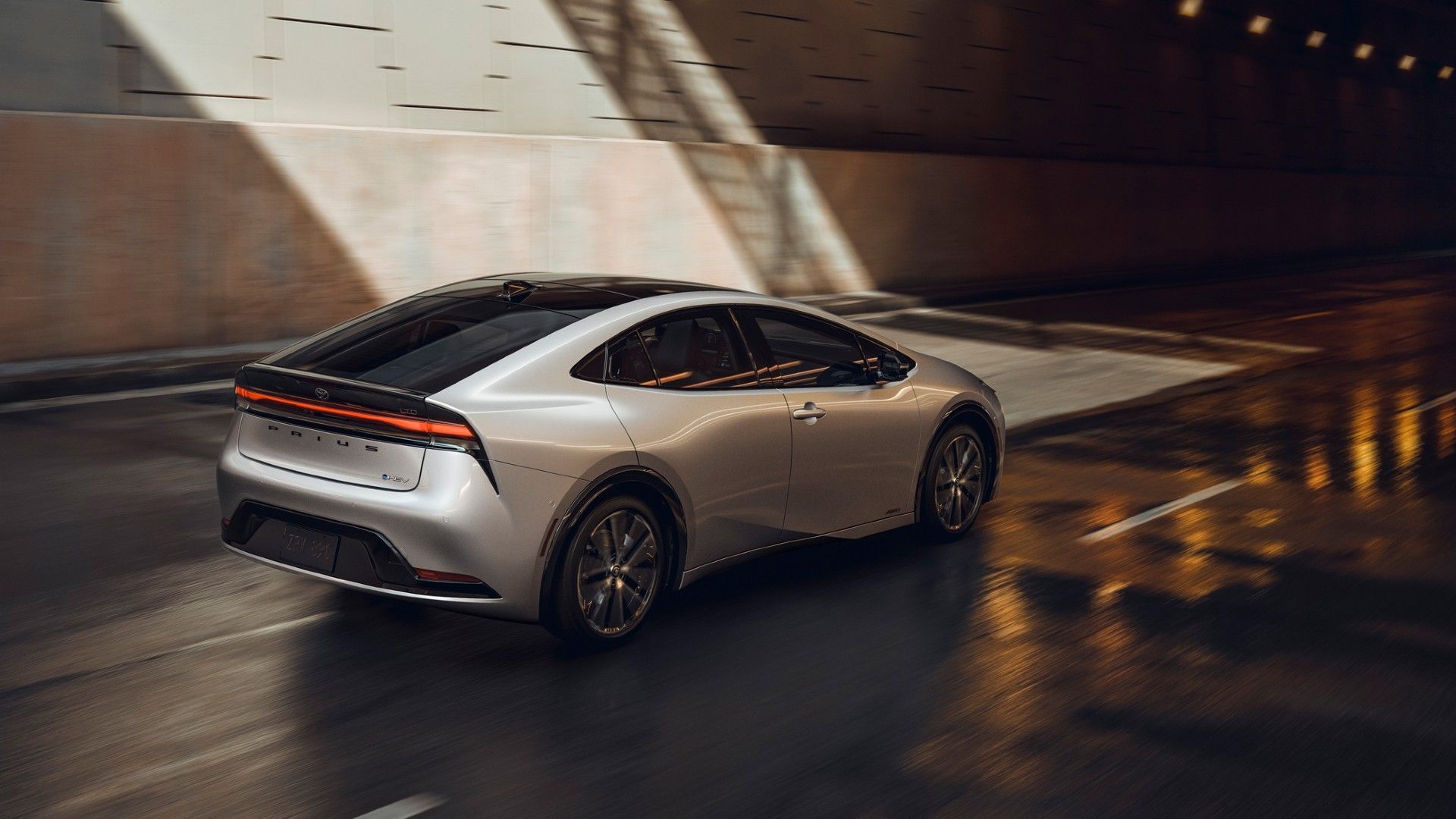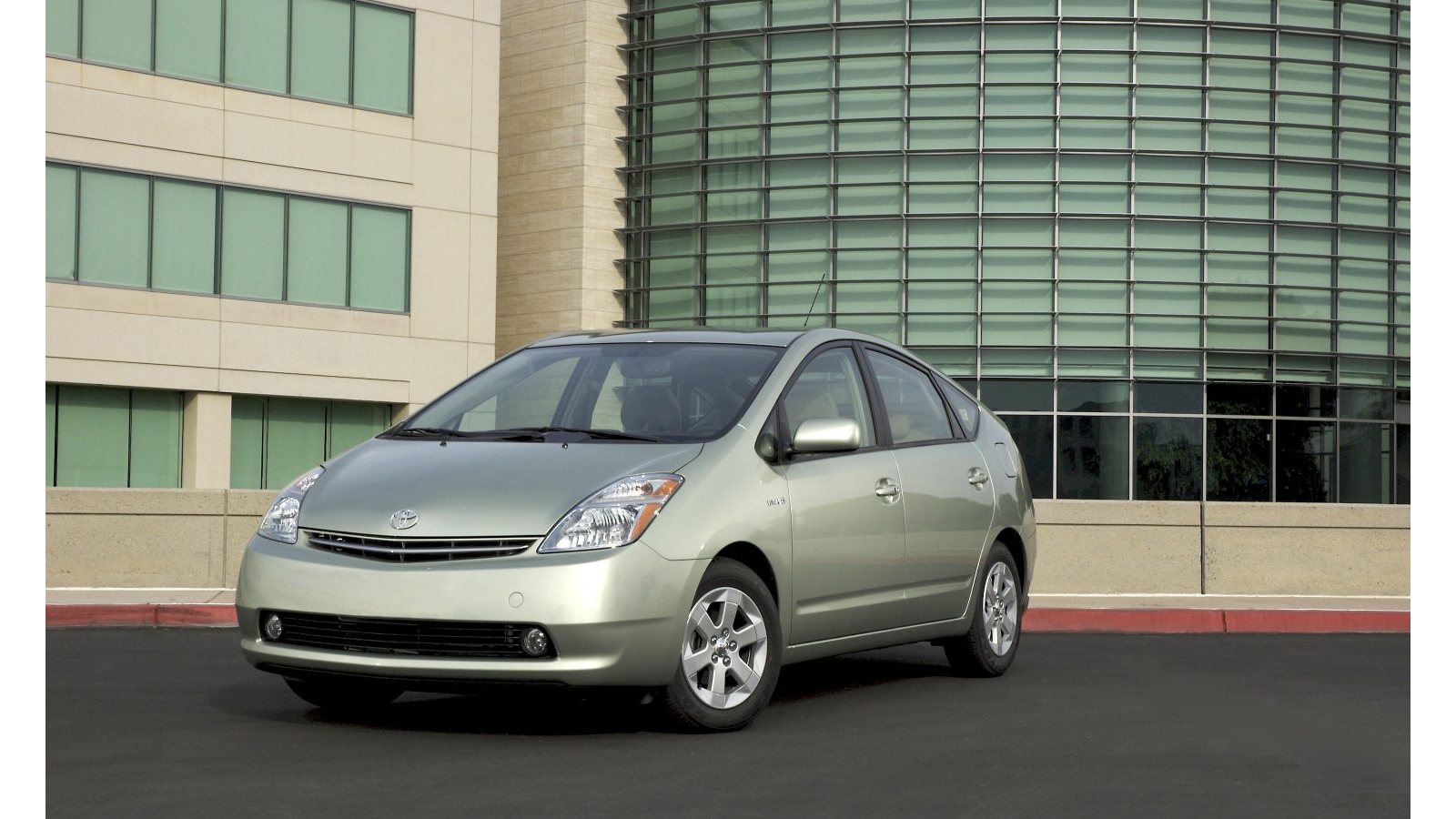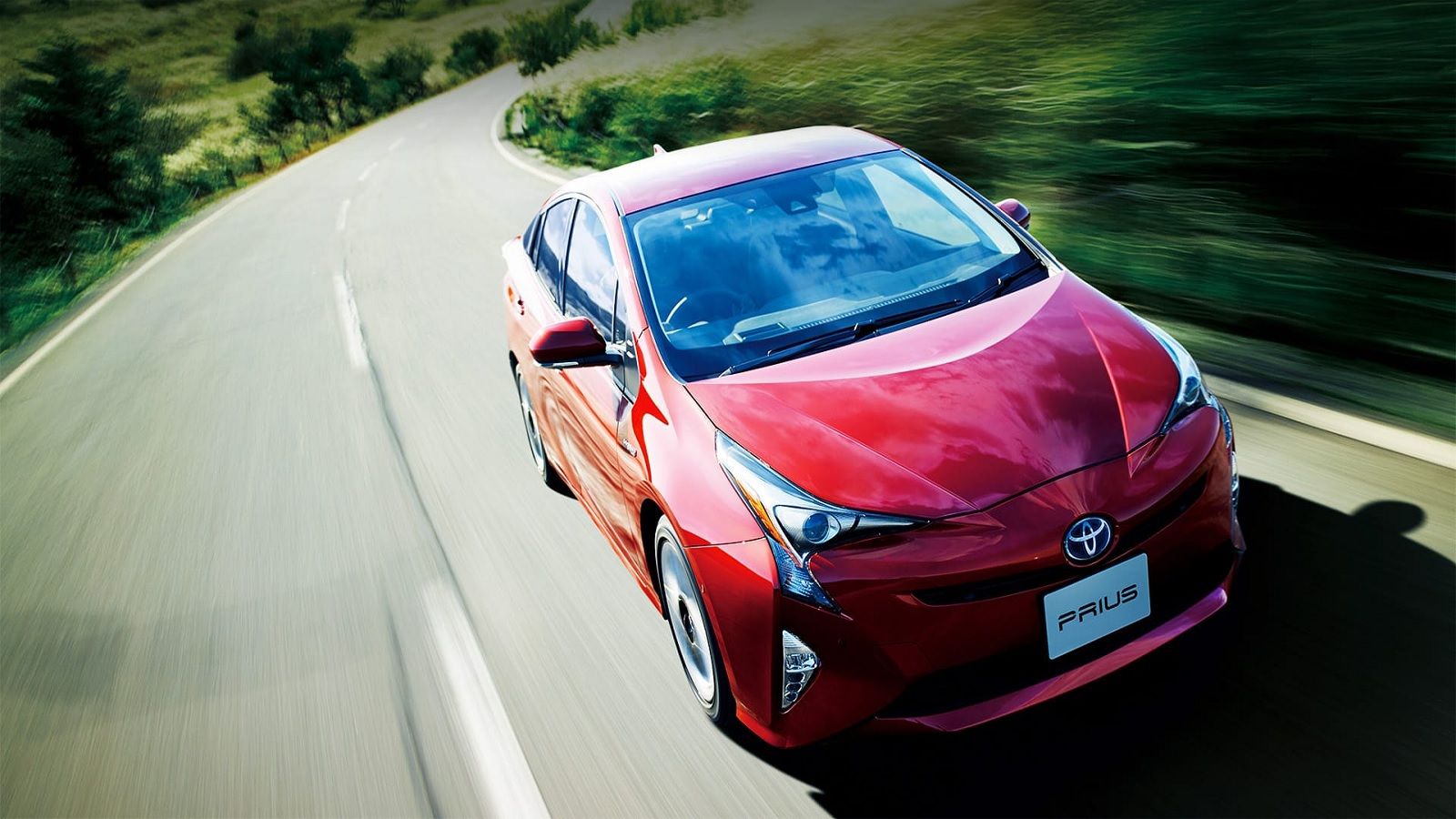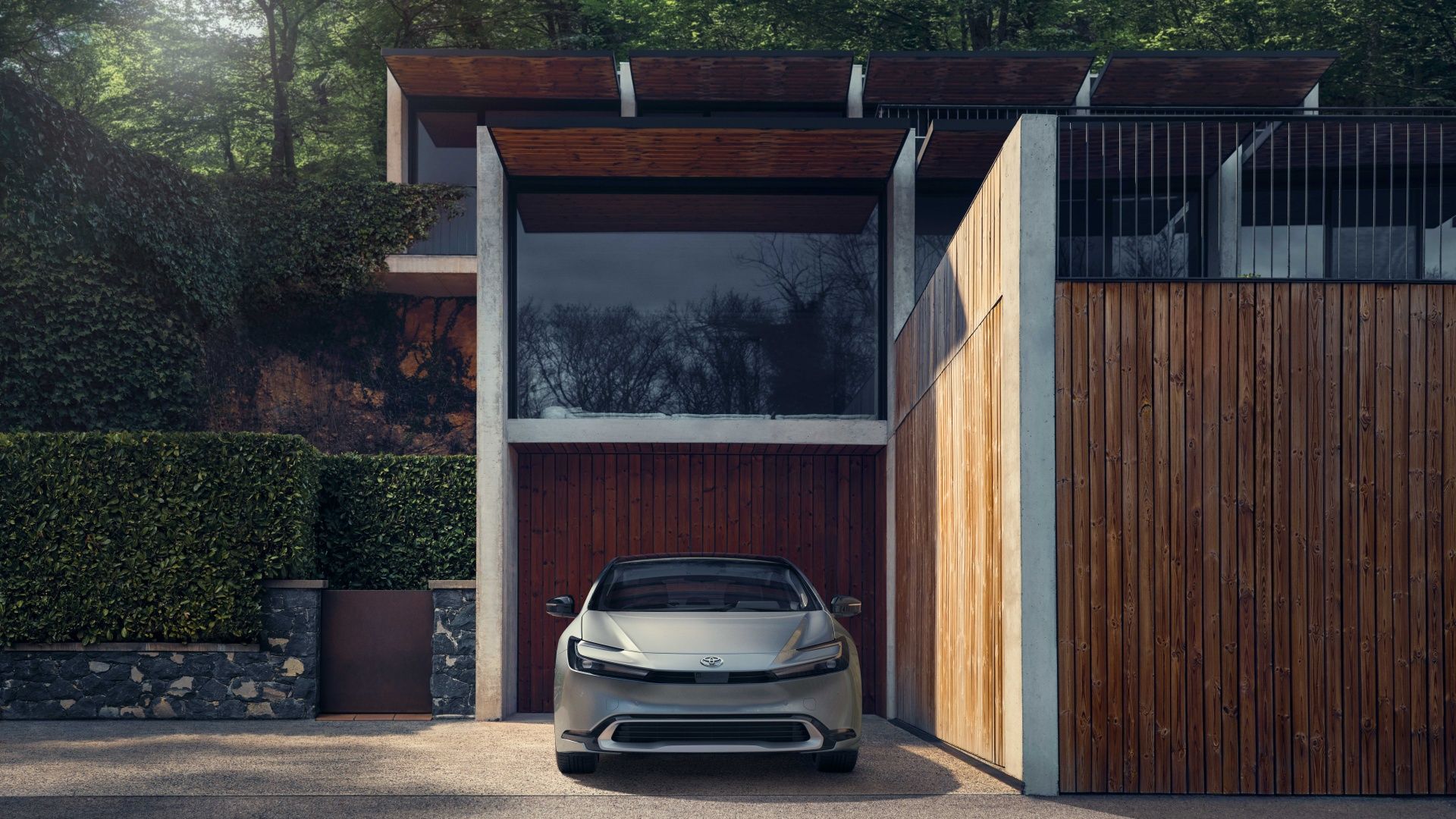The automotive world owes a lot to the Toyota Prius. Namely, the car helped put hybrids on the map, when no one else would even come near them. Although it is Ferdinand Porsche who designed the first ever hybrid car in 1900, the Toyota Prius was in fact the first large-scale production vehicle to incorporate a hybrid powertrain, in 1997. Yet despite cementing its legacy as a trailblazer, the iconic vehicle has often been ridiculed by customers due to its lack of premium appeal. In an episode of the Steve Austin Show, comedian Bill Burr (also known as Ol’Billy Titch bits) joked about how he could abandon his Prius in the middle of a riot, only to come back later and find it unharmed. Despite the constant mockeries, the vehicle enjoyed impressive longevity.
The 2022 Toyota Prius marked 25 years of production, an impressive feat considering how many models end up vanishing after a few years. And, while the Prius cannot be mistaken for a high-end product, it is a decently reliable car with enough tech and features to keep you happy. Moreover, it is an emblematic figure, which was born out of a holy matrimony of creative genius and sheer mechanical prowess.
First Generation (1997-2003): The First Prius Couldn't Run Even Half A Mile
In the summer of 1993, Eiji Toyoda, Toyota’s honorary Chairman at the time, presented his team with a decisive quest: honing a new vision for cars that would help the company enter the 21st century in full force. And thus began the G21 project in September 1993. After much turmoil, stalling and brainstorming, the team finally agreed on a hybrid vehicle in 1995.
The car was meant to take things to the next level after all, and the G21 staff, led by Takeshi Uchiyamada, realized it needed to take an unorthodox approach. "Fuel efficiency 1.5 times the conventional car wasn't good enough-we needed to double it," says Satoshi Ogiso, who worked on the project. " And, we knew that was impossible with conventional methods, so the only answer was hybrid technology." Toyota was thus exploring an uncharted terrain. The Prius prototype was fully assembled in November 1995, yet couldn’t run for more than 0.3 miles. Furthermore, the nickel-hybrid batteries were double the projected size, for only half of the targeted performance. The car would also overheat, and sometimes even explode during bench tests. This led the team to develop an even more powerful cooling system, which multiplied the electrical load, exponentially. As a result, the Prius prototype now had worse fuel economy than the Corolla.
The team addressed the whack-a-mole of hiccups one by one, until it managed to fix them. The Prius prototype finally made its debut in October 1997. The promises were ultimately kept, and exceeded. The Prius had arrived as a compact sedan with double the efficiency of a gas-powered vehicle, and a lower MSRP than initially advertised.
Second Generation (2004-2009): The Prius Becomes The People's Car And Hollywood's Favorite Hybrid
The first Prius achieved immediate success in its homeland. Toyota sold 3,500 copies within the first month and the hybrid was named 'Japan Car Of The Year' in 1997. The second-generation model arrived in the U.S. in 2004, as a redesigned hatchback, and began establishing a solid customer base.
The new model included the Toyota Hybrid System II, which gave it a fuel-efficiency rating of 65 MPG. The 2003 Prius also offered better performance, with a 0-62mph time of 10.9 seconds , courtesy of an award-winning Atkinson cycle engine and a synchronous AC motor that was now 50% more powerful. A new Hybrid Synergy Drive helped increase the range of the electric motor and allowed it to work in better cohesion with the engine.
These improvements solidified the famous hybrid as a popular vehicle In 2005, Toyota had sold 107,155 Prius copies in the U.S. alone. The cherry on top? The cool kids were loving it too! Celebrities such as Jennifer Aniston, Leonardo DiCaprio, and Buffy-star Sarah Michelle Gellar could all be seen refueling their Prius around California.
Third Generation (2009-2015): The Prime Years
In terms of design, the Prius arrived with minimal changes from 2010 to 2015, besides a slightly more imposing grille and aggressive headlights. Things were completely different under the hood, however. The third generation Prius came with an additional 23 horsepower, courtesy of an improved 1.8-liter engine, coupled with the Toyota Hybrid System III. The third-gen Prius also featured the first air conditioning system in the world to run on battery power alone, and became the first of the panoply to include lithium-ion batteries, which offered a higher capacity-to-weight ratio.
Unfortunately, this third Prius model (also known as XW30), was stained by a number of wide-scale safety problems. In 2010, Toyota issued a global voluntary recall of third-generation Prius over reports of delayed braking response. A staggering 133,000 of the affected models were in the US, while the remaining 52,000 were in Europe. Then again, in 2018, the company had to recall 2.4 million Prius, due to a fail-safe mode issue that rendered power steering and braking functions nonoperational during major system failures, which increased the risks of crashing. Despite these issues, the sales were still in the hundred thousands, and reached an all-time high of 236,655 units by 2012.
Fourth Generation (2015-2022): The Downfall Begins
The fourth-generation Prius came with a more defined look, new body colors, and a lower center of gravity. According to Toyota, this fine-tuning of the triangular silhouette helped the Prius achieve the world's highest drag coefficient of 0.24 at the time. The body rigidity had also been improved by 60 percent, allowing for better handling, higher stability, and more comfortable rides.
The car now offered a quieter driving experience, thanks to high-performance sound-proofing and absorbing materials, which helped suppress engine noise and vibration. Transmission loss was also reduced thanks to a lighter hybrid system. The fourth-gen Prius also took fuel economy to the next level, with 54 mpg, and maximum-thermal efficiency of 40 percent, which Toyota also claimed to be the world's highest for a gasoline engine.
The new Prius model was also the first of the panoply to include lithium-ion batteries. The 0.75 kWh battery pack offered higher energy density than the previous generation. Despite these noticeable improvements, the new generation failed to match the success of its predecessors. In the US, the sale number rapidly dwindled, beyond repair, from 184,794 units in 2015 to a mere 59,010 models in 2022.
Fifth Generation (2022-Present): Best Model, Worst Sales Figures
Toyota Prius Prime Specs
Engine | 2.0-liter, inline-four Atkinson-cycle + 2 AC motors |
Engine Output | 220 horsepower, 139 pound-feet of torque, combined |
Electric Range | 44 miles |
Transmission | CVT |
Drivetrain | Front-wheel drive |
Acceleration (0-60mph) | 6.4 seconds |
Fuel Economy | 133 MPGe (combined) |
The fifth generation was marked by the introduction of the 2022 Prime. This latest model came back with a modern look, a sleeker roofline, and fancier LED headlights, yet still endured the commercial curse of its predecessor. Last year, the Prius hit an all-time low of 36,919 sales. But do not let the low figures fool you! The Toyota Prius Prime is a decent car with a combined range of up to 654 miles and an efficiency of up to 133 MPGe. It is also more powerful than any model we've seen before, with an improved 0-60 mph acceleration time of 6.4 seconds. The 2023 Prius Prime starts at $32,350 and notably includes a solar roof, as well as a bunch of other cool features such as:
- Toyota Safety Sense 3.0
- Digital key
- 12.3-inch Toyota Audio Multimedia system
- Qi-compatible wireless charging
- 60/40 rearview seats for storage
Yet despite all its potential, the Prime still struggles to assert itself. The Prius is no longer the hybrid par excellence, but instead has to compete with sizable rivals in its category. On top of that, the Prius is also put in jeopardy by a growing number of affordable EVs.




